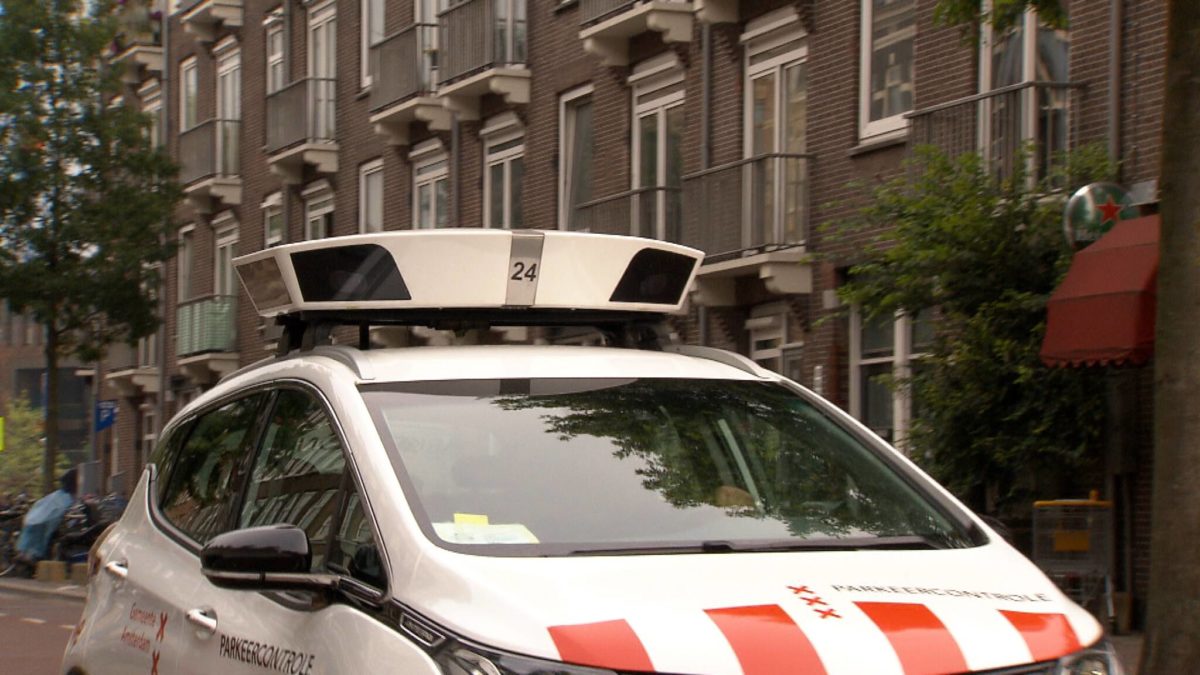A couple years ago I got very interested in this concept called ‘Distributed computing’. I had a pretty hefty PC and while browsing the World Wide Web one night I found this thing called ‘BOINC’. Others might be familiar with the term because of the distributed computing project called Folding@home from their PS3.
The Berkeley Open Infrastructure for Network Computing is a software system that makes it easy for scientists to create and operate public-resource computing projects (Anderson, 2004). To simplify; Let’s say you have a huge calculation you need to do, one that would take years to do on your laptop, like finding the next prime number. You could get a very expensive supercomputer and run it for days or weeks to get that next number, or you could get 100,000 laptops to each test a different number to see if it’s the next one.
Now calculating the next prime number might be very interesting (and is a real thing: PrimeGrid), however there are many other projects that are very different and in my opinion much more interesting. Below are a few:
SETI@home: https://setiathome.berkeley.edu
SETI@home is one of the more famous projects available on BOINC. SETI searches for possible evidence of radio transmissions from extraterrestrial intelligence using observational data from the Arecibo radio telescope and the Green Bank Telescope. Yes you read that right, they are searching for aliens. Since 1999, there has not been a single confirmed detection of any extraterrestrial intelligence. SETI@home has proved to the scientific community that distributed computing projects using Internet-connected computers can succeed as a viable analysis tool, and even beat the largest supercomputers.
World Community Grid: https://www.worldcommunitygrid.org
World Community Grid (WCG) is what got many people started with BOINC. In March 2018 there were 52,000 users active on this project. “WCG enables anyone with a computer, smartphone or tablet to donate their unused computing power to advance cutting-edge scientific research on topics related to health, poverty and sustainability. Through the contributions of over 650,000 individuals and 460 organizations, World Community Grid has supported 29 research projects to date, including searches for more effective treatments for cancer, HIV/AIDS and neglected tropical diseases. Other projects are looking for low-cost water filtration systems and new materials for capturing solar energy efficiently (WCG, n.d.)”.
I might not have emphasized enough that people do this for free. In theory, you get nothing for it except a much higher electric bill. In practice, there is one thing that you could do to offset that electric bill. With the calculations you do you get research credits, the research credits are displayed on your BOINC profile and shows people what your impact has been. People take pride in it. These research credits can also be used to base the rewards on for a cryptocurrency. If you enable it, it is possible to receive Gridcoin (https://www.gridcoin.us) for your ‘work’. They calculate a reward based on the number of credits you received compared to others on a project, the higher your relative score the more reward you get.
Most users however do it purely for the impact they could have on science. The feeling of being able to do something with the PC that is collecting dust, without having to open your wallet and donate to charities.
Interested of running BOINC yourself? Check https://boinc.berkeley.edu. Disclaimer: Your PC does not like to work hard 24/7, especially if it cannot cool itself properly.
Sources:


